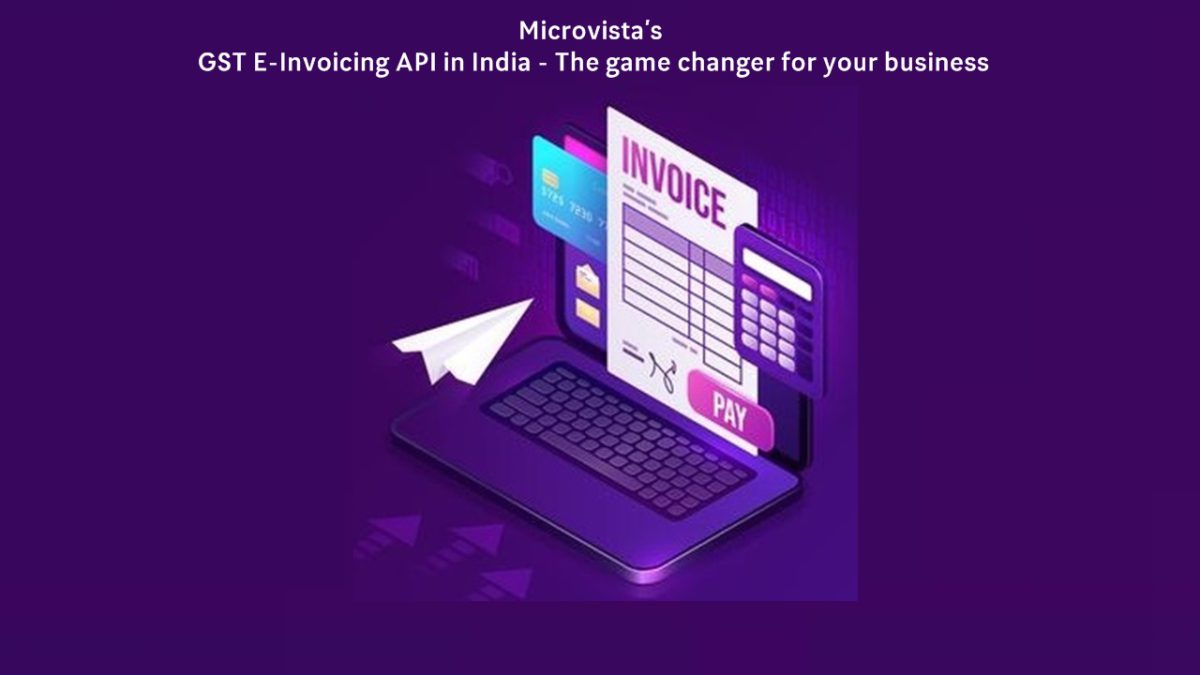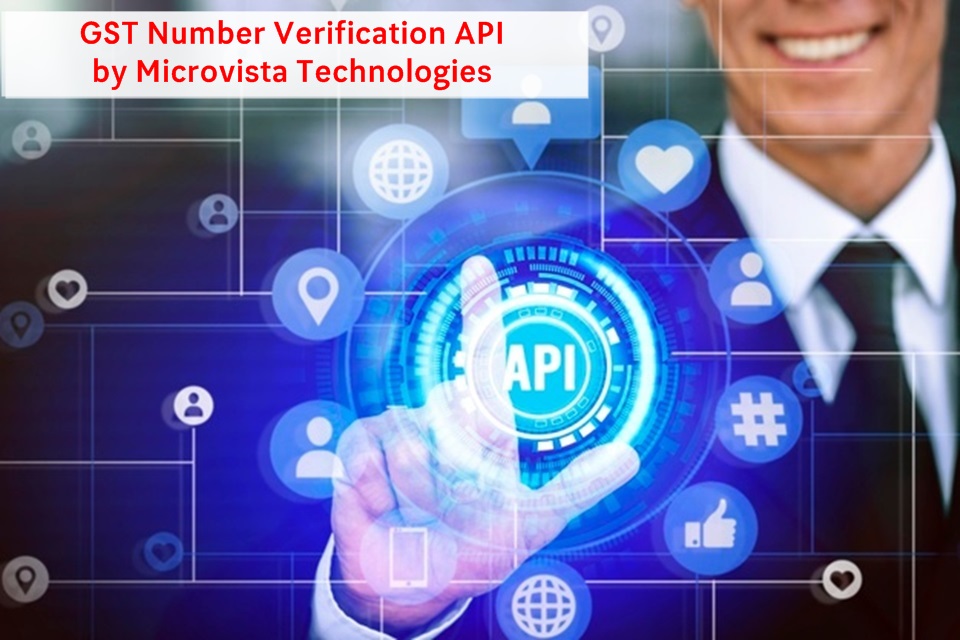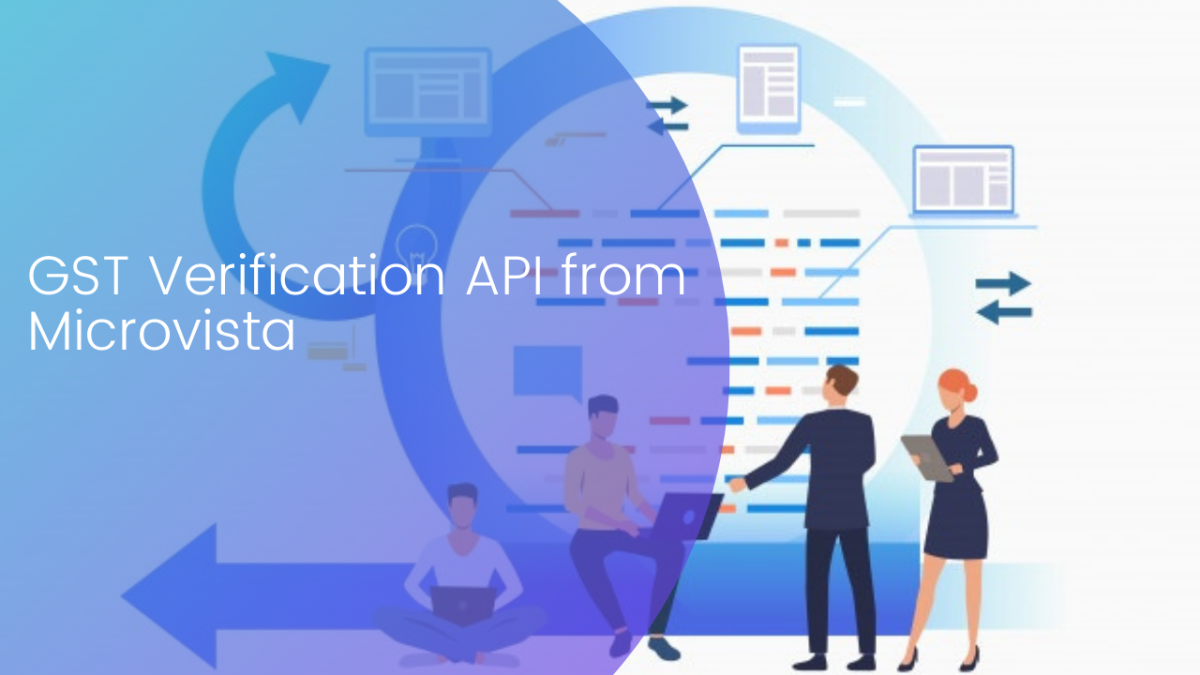Are you looking for the best GST Verification API?
Microvista Technologies’s GST verification API / GST search verification API integrated seamlessly with your current ERP / accounting softwares.
Microvista’s GST number verification API helps your GST number search and validation very easy and fast. In this GST API, you just need to enter the GSTIN number of the taxpayer company and our GST verification API will fetch and provide you with the details associated with the said GSTIN number.
Microvista Technologies’s GST verification API – Easy, Fast and Accurate!
Why Microvista’s GST Verification API or GST number search tool:
- GST API integrates very easily with the ERP or other accounting system.
- Our GST API provides the needful GST details related to the taxpayers.
- Legal name of the taxpayer is verified easily.
- Onboarding of new vendors/suppliers becomes very easy and fast.
- Reduces the chances of fraudulent activities to almost minimal.
- We have a strong track record of highly satisfied customers.
Microvista’s GST Verification API can be used by all taxpayers.
Integrate GST number verification API with your current application / ERPs to verify/validate GST taxpayers. Get GST API details today.
Our other blogs on GST verification API:
All you need to know – GSTIN Verification, GSTIN Verification API, GST Number Verification API
Get your GST Number Verification API from Microvista
Get Real time GST Verification API from Microvista
Get details and access to the Best GST Number Verification API from Microvista.
Microvista Technologies Pvt. Ltd. is a best GST software development company having the best GST API developers. We have been serving the clients globally.
Get API Details. Contact us today.
Email – support@microvistatech.com.
Have a call with our GST verification API experts – +91 70167-11841 / +91 97731 38204 / +91 79-26460445.






